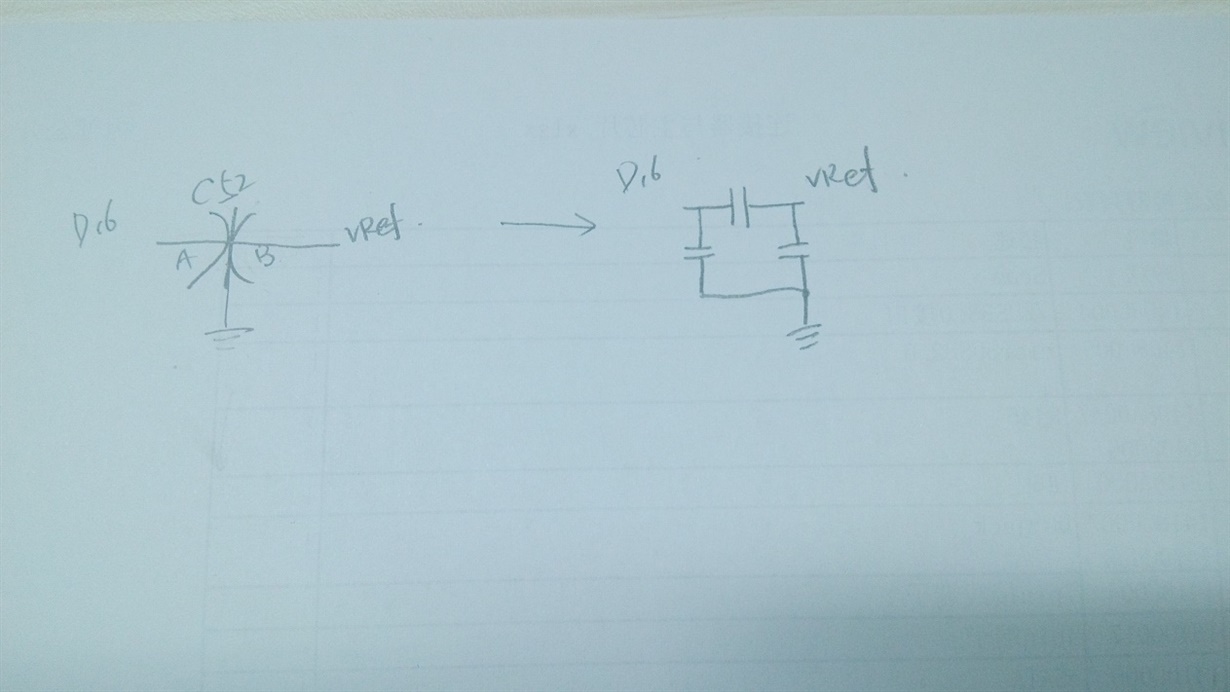Dear all,
I have downloaded the "OPT8241-CDK-EVM Hardware" ,but I can't understand the part of Laser diode drive circuit fully,especially the "Illumination Path Delay Correction Using Feedback".
Please let me know if my following understanding is correct or not.
The drive ckt is similar to a boost DC-DC ckt,the difference is that there are none caps at the point after the inductor,then the diodes off when the MOS U15 on,while it on when U15 off.The duty cycle of TRIG_G is 50%,but the laser diodes on is difficult to reach 50% because of the existence of Switch Delay Time of the MOSFET.The ZENER diode and BAP65-02 diode limit the max drive voltage at about 10V(5+3.9+0.9),It works in constant voltage driving mode?Or it works in variable current driving mode usually,while the voltage is limited to avoid damaging the laser diode?
Otherwise I have the following questions:
1// Why use "C52" here? Is there any connection between the cathode of D16 and the vRef ?
2// "OPT8241 Evaluation Module User Guide.pdf" mentioned "The illumination power can be changed only between 40% to 100% of the total power".Why the power can be controlled by changing the vRef voltage? How it works?Why it is "40% to 100%".
3// Can you provide me with any more details about "Illumination Path Delay Correction Using Feedback"?for example,the signal wave of "COMP_MOD_REF","COMP_MOD_FB"...what's the duty cycle...help me to understand.
4// I can't find the datasheet of the laser diode,can you provide me?
My email is chenqianzuan@uniview.com.
thank you!




